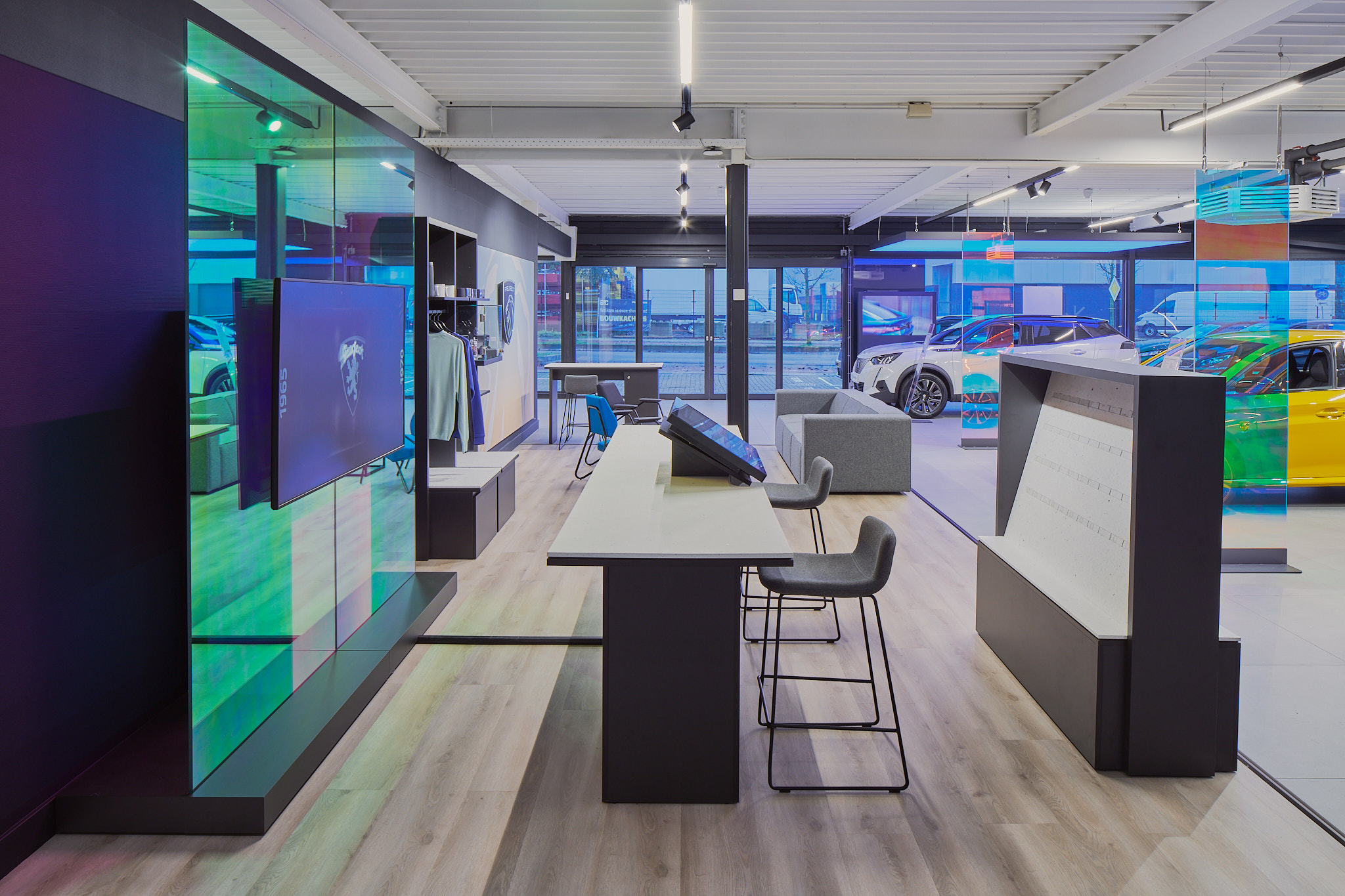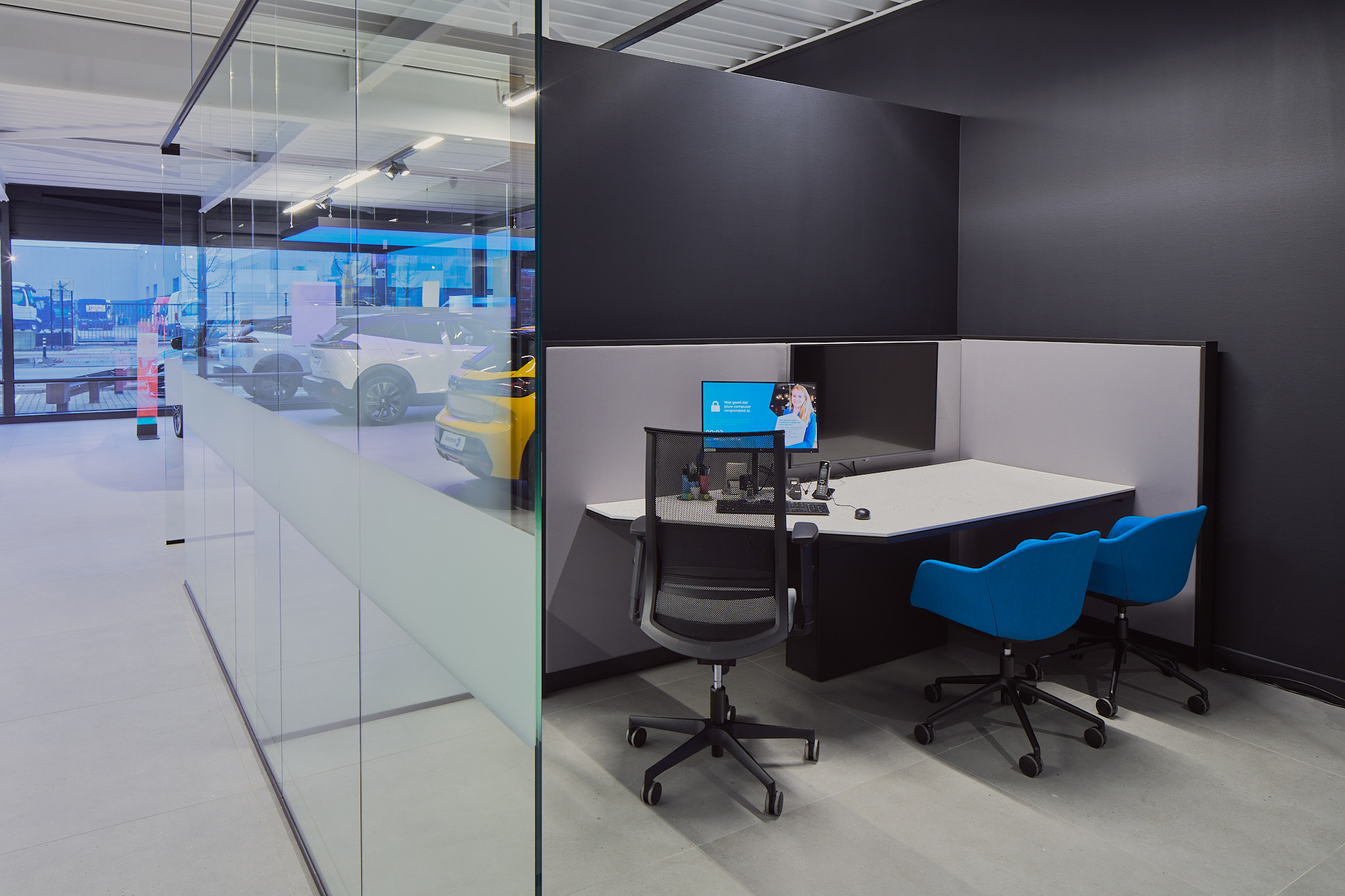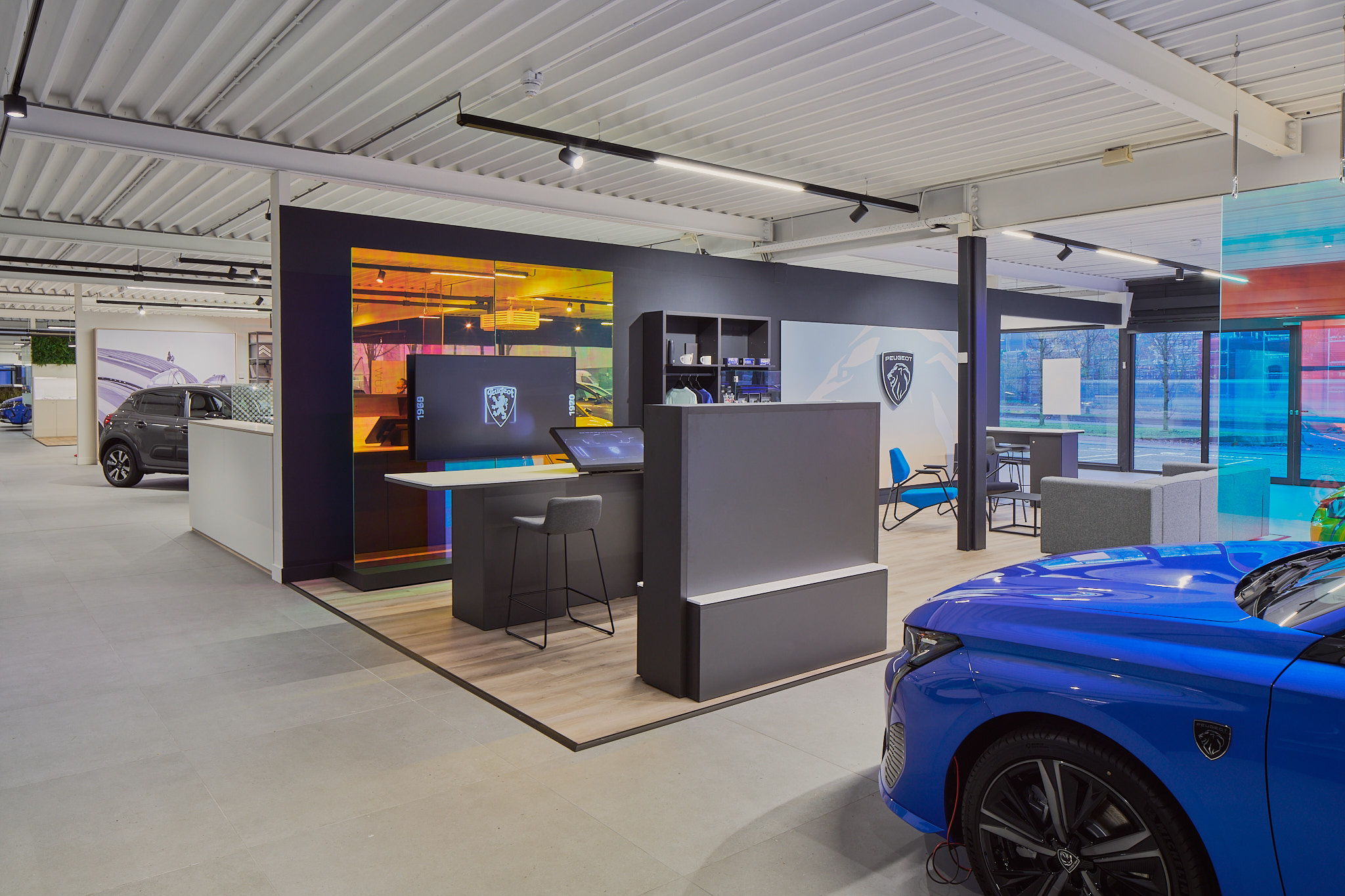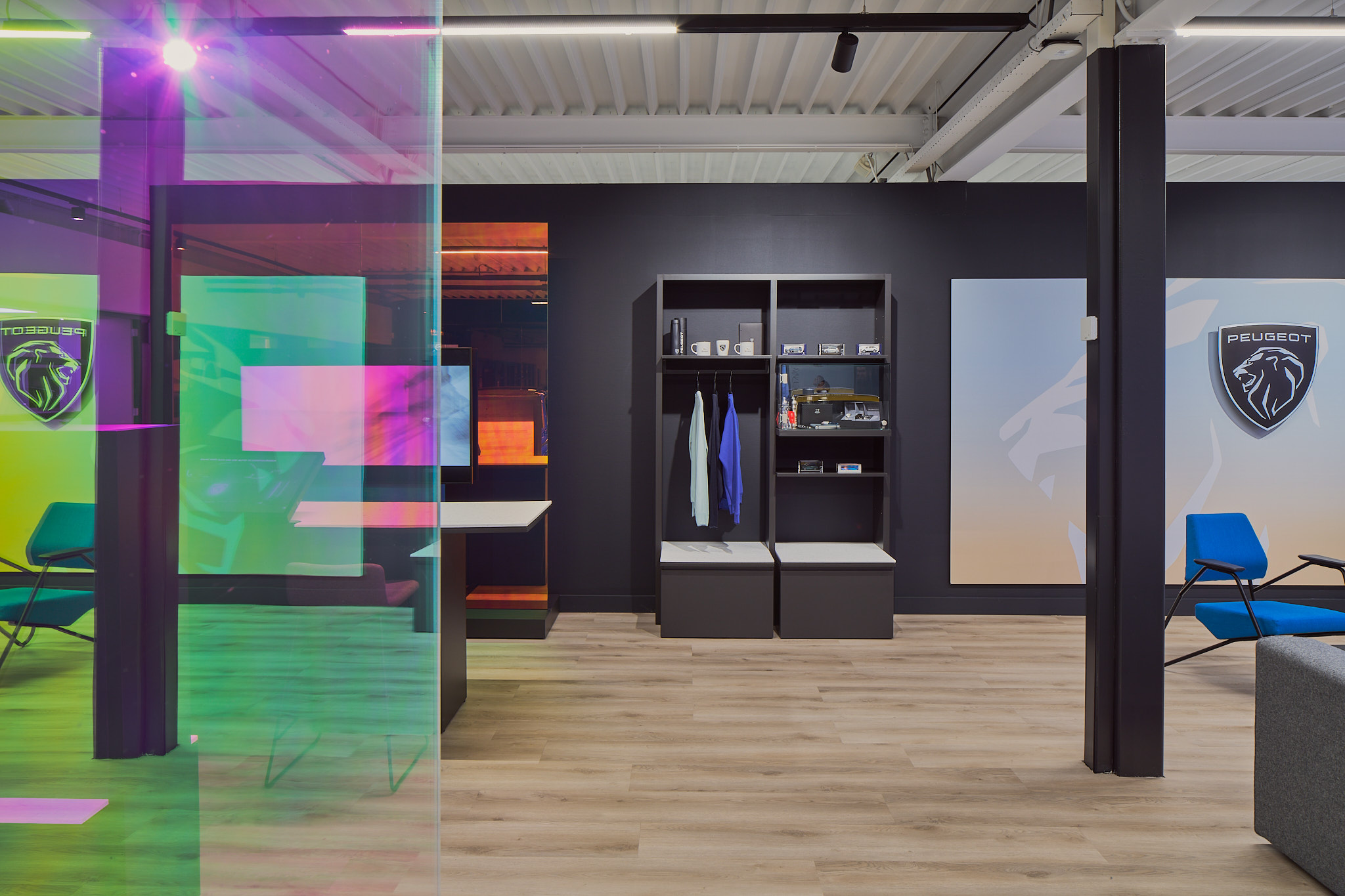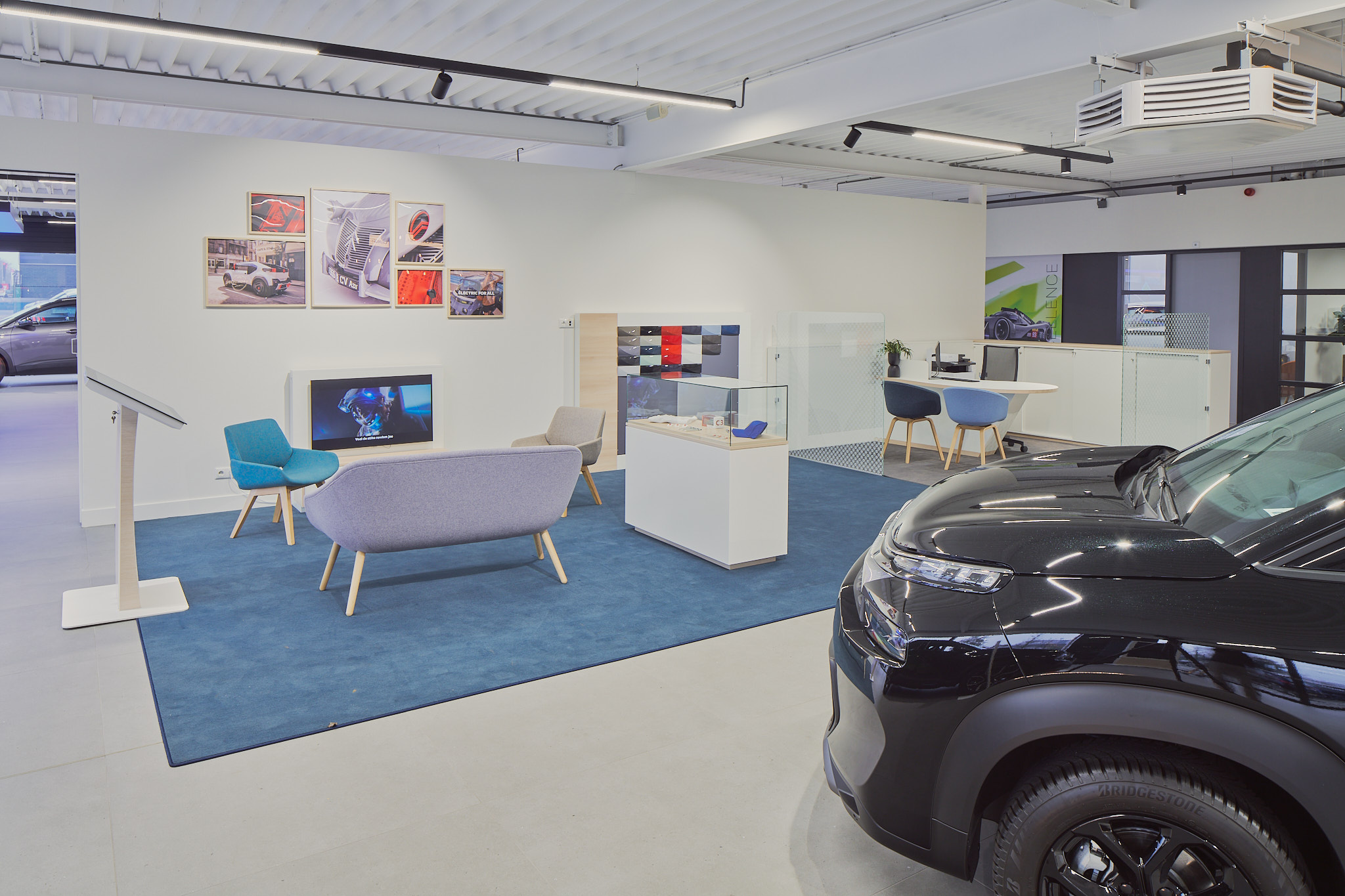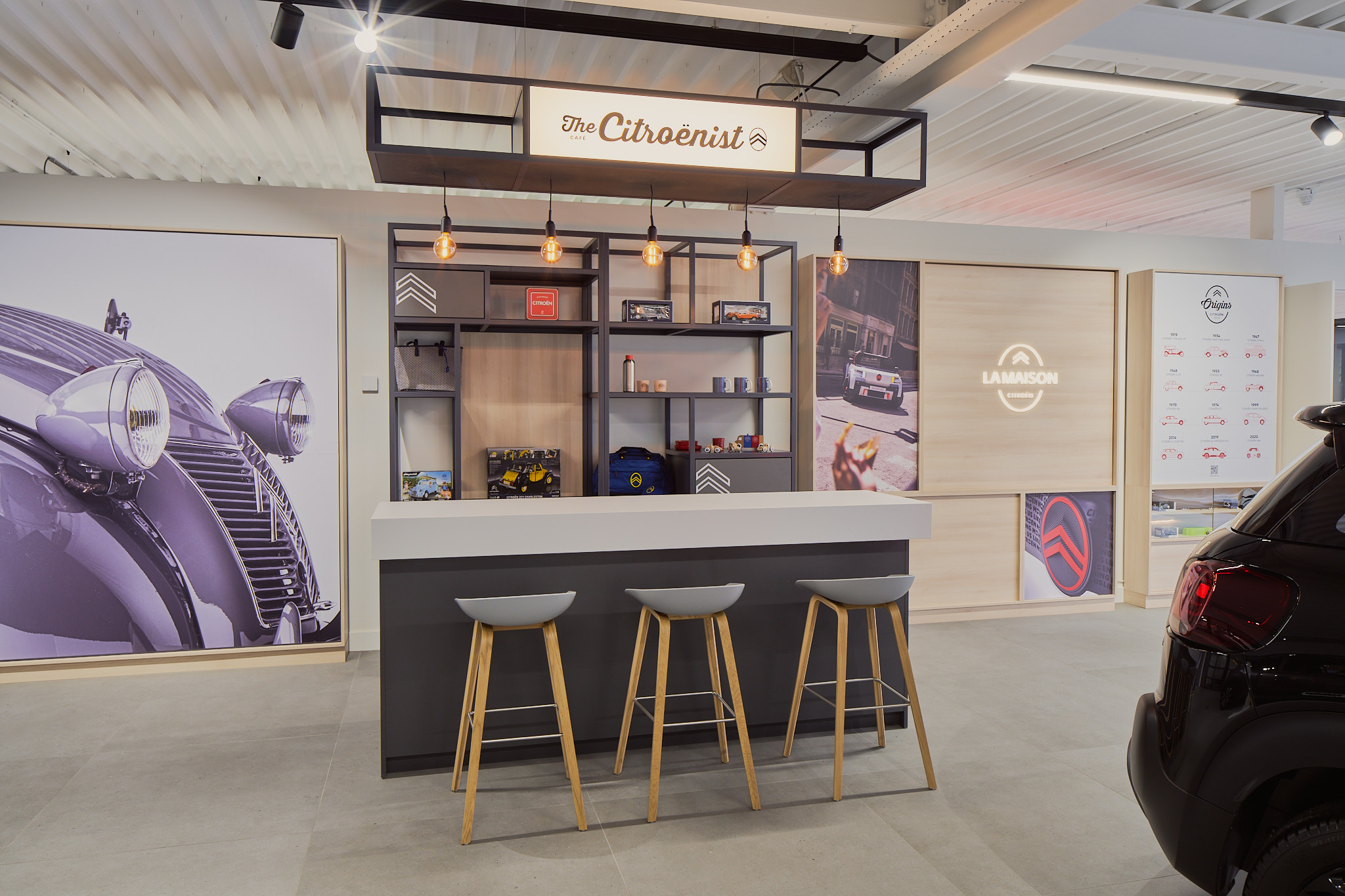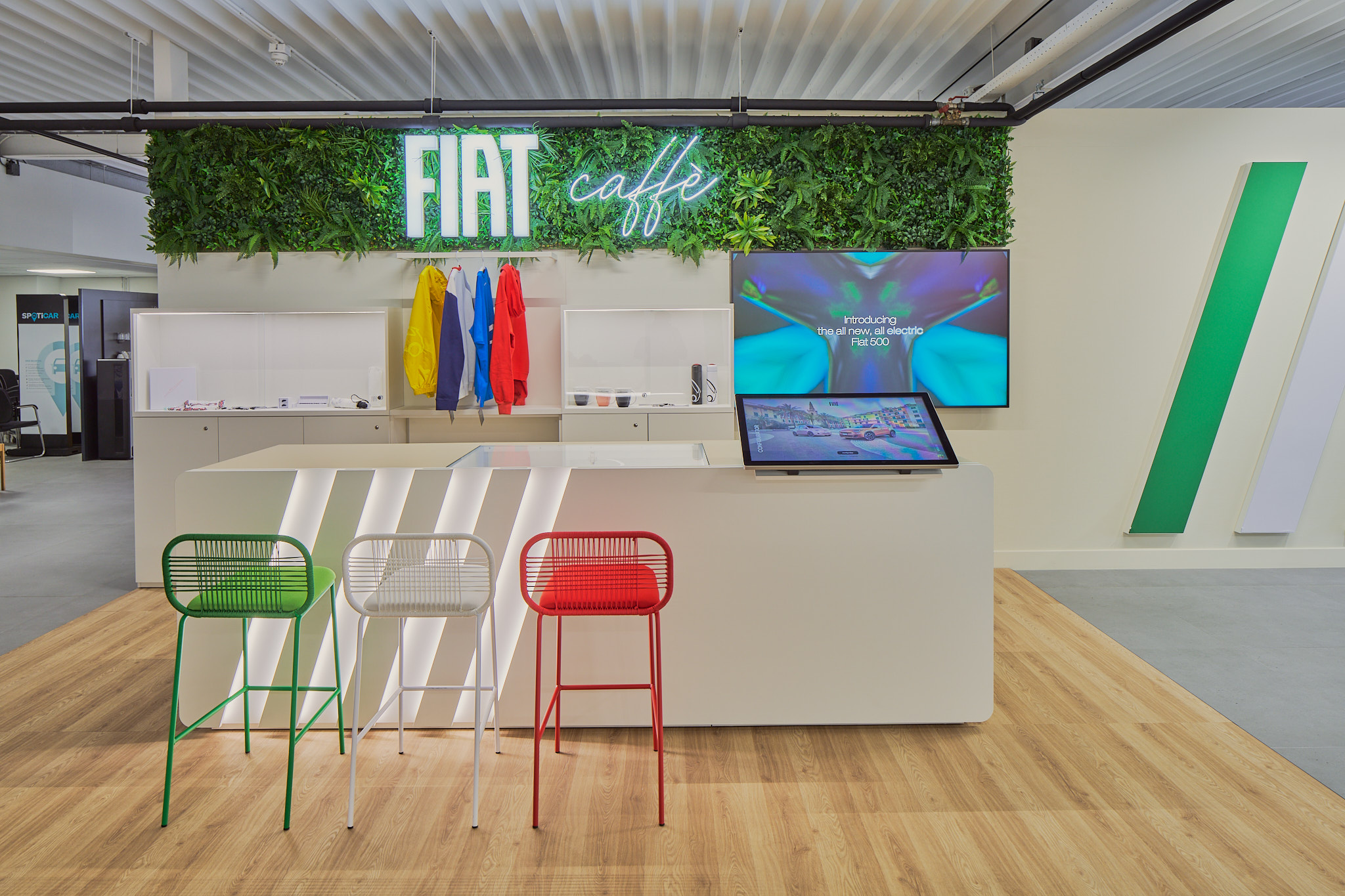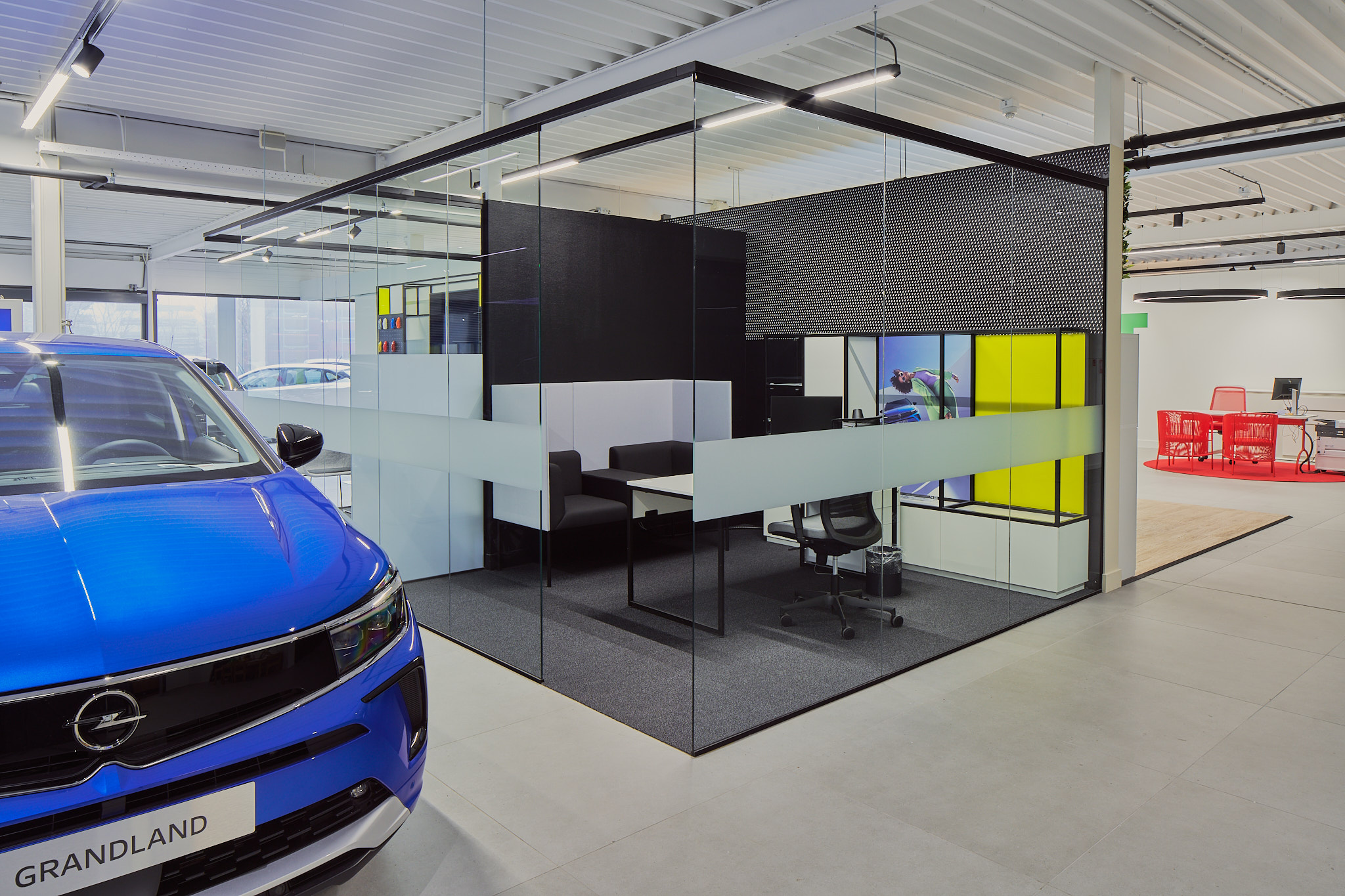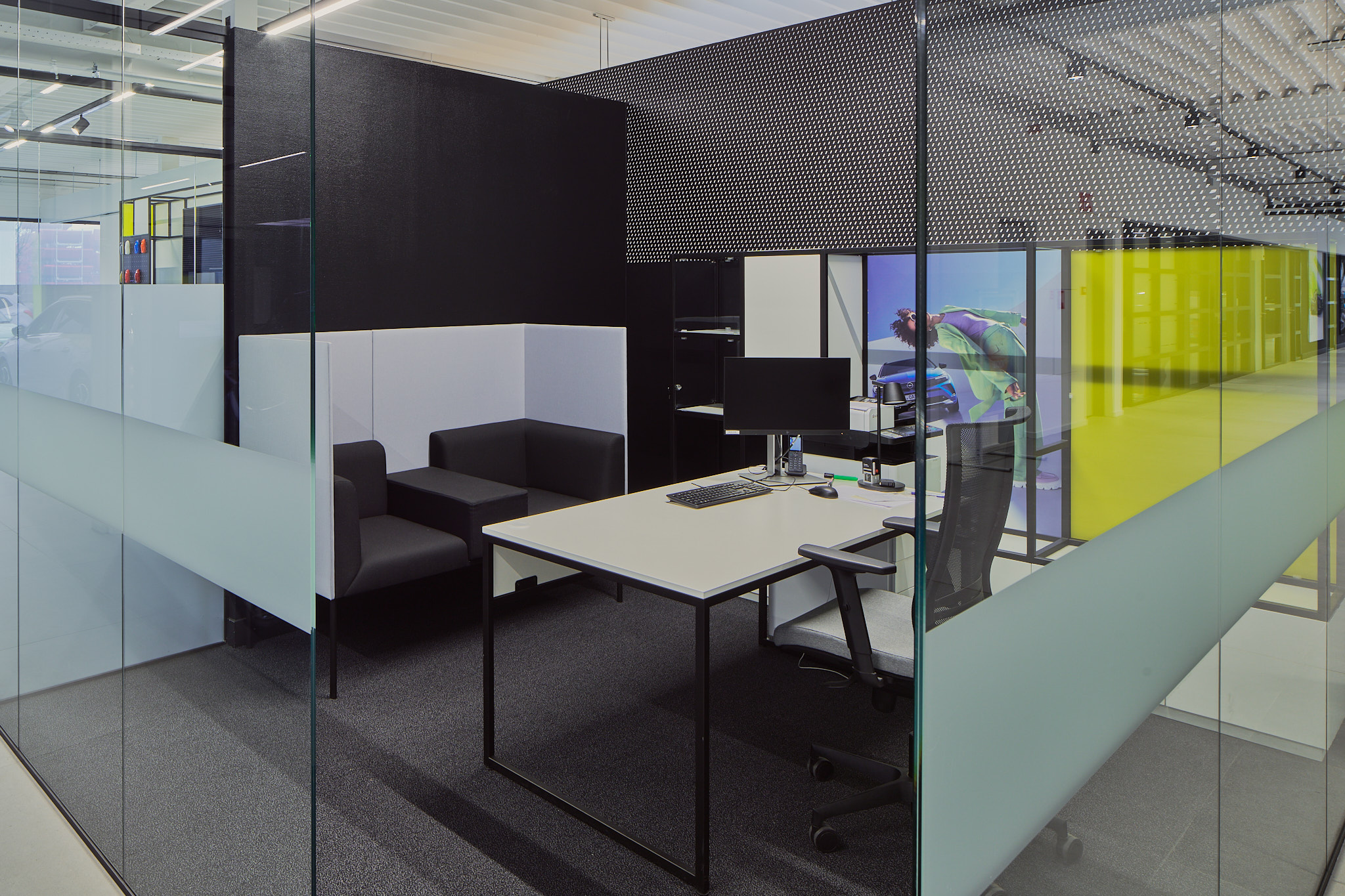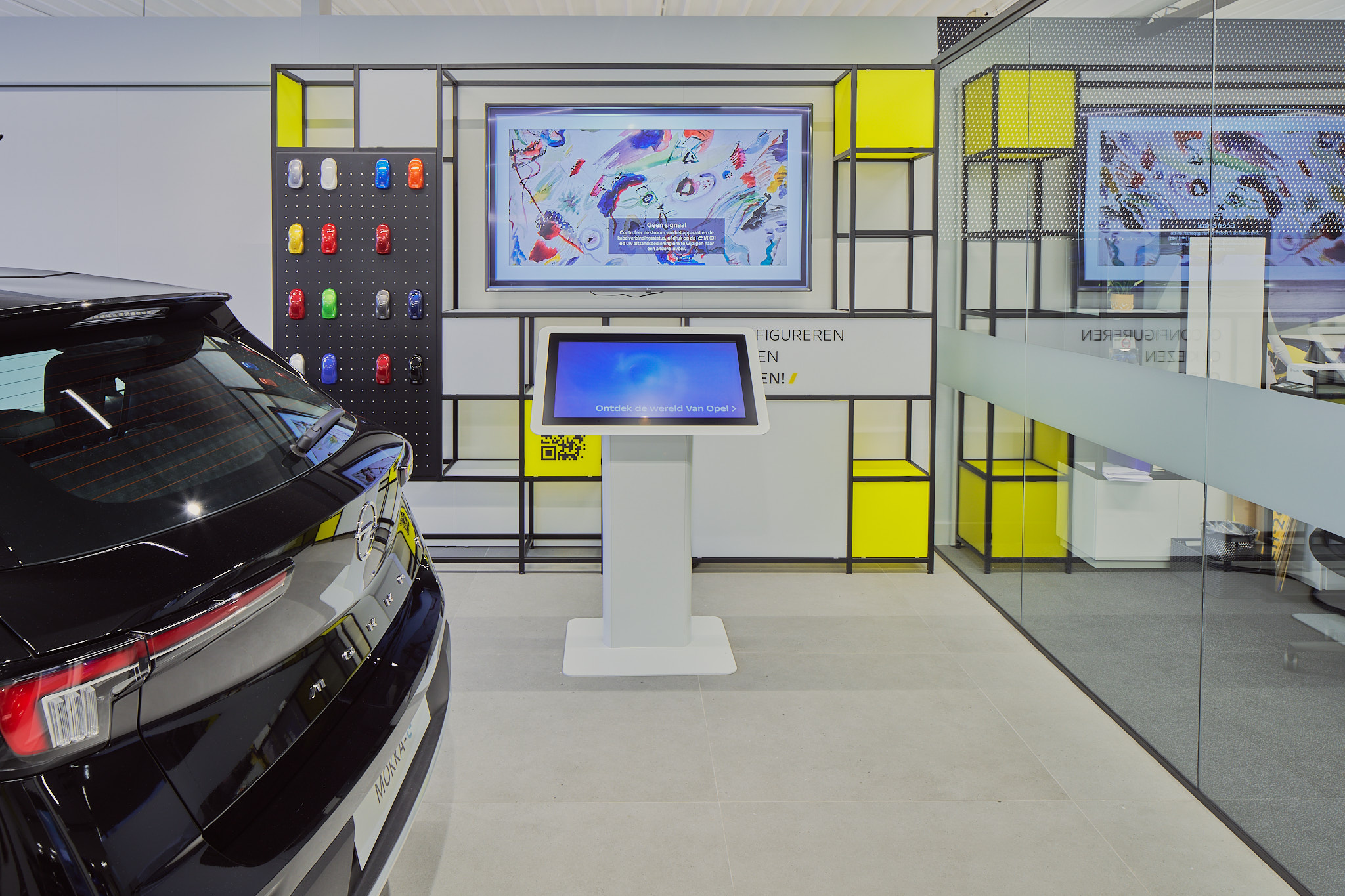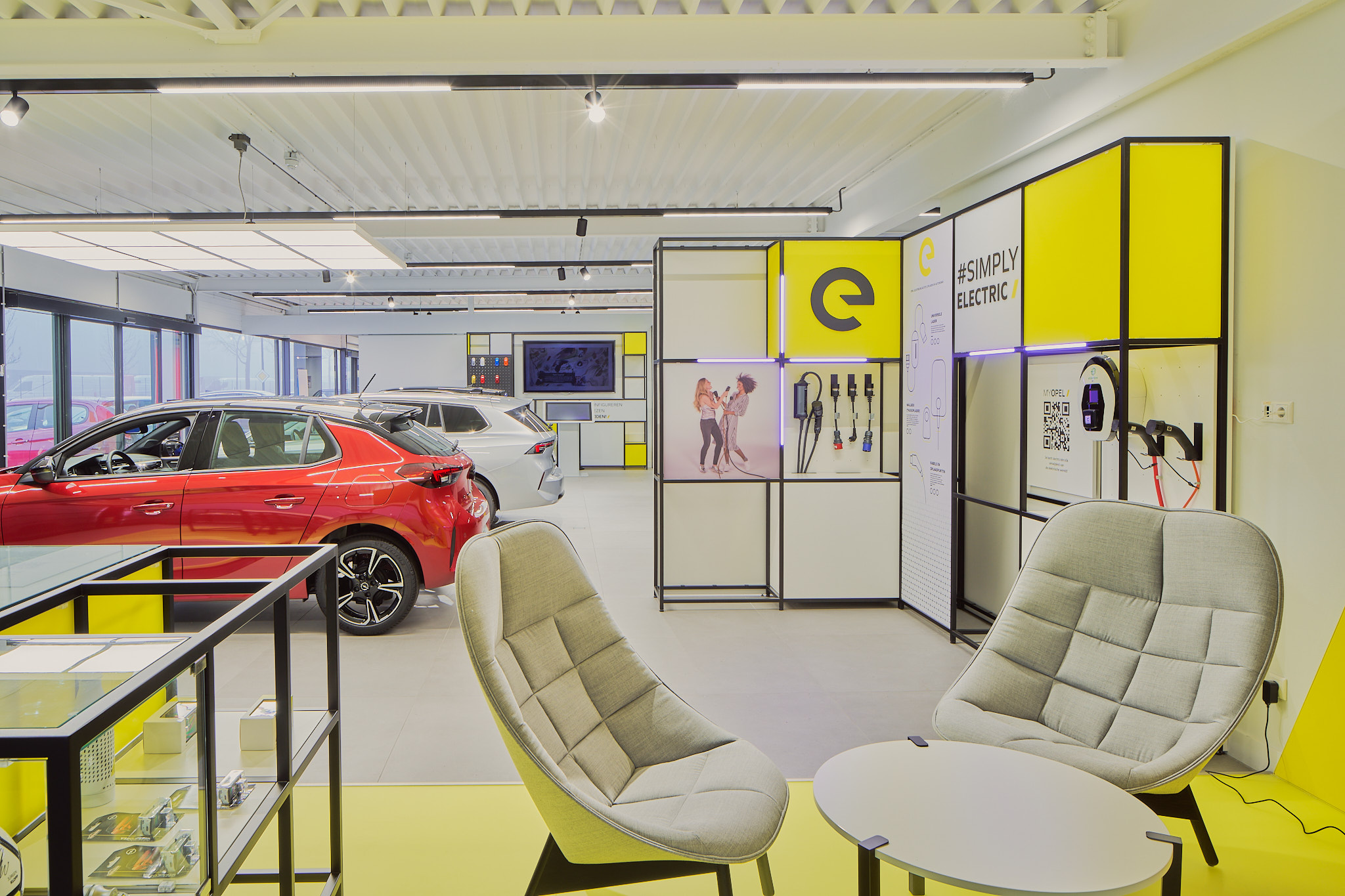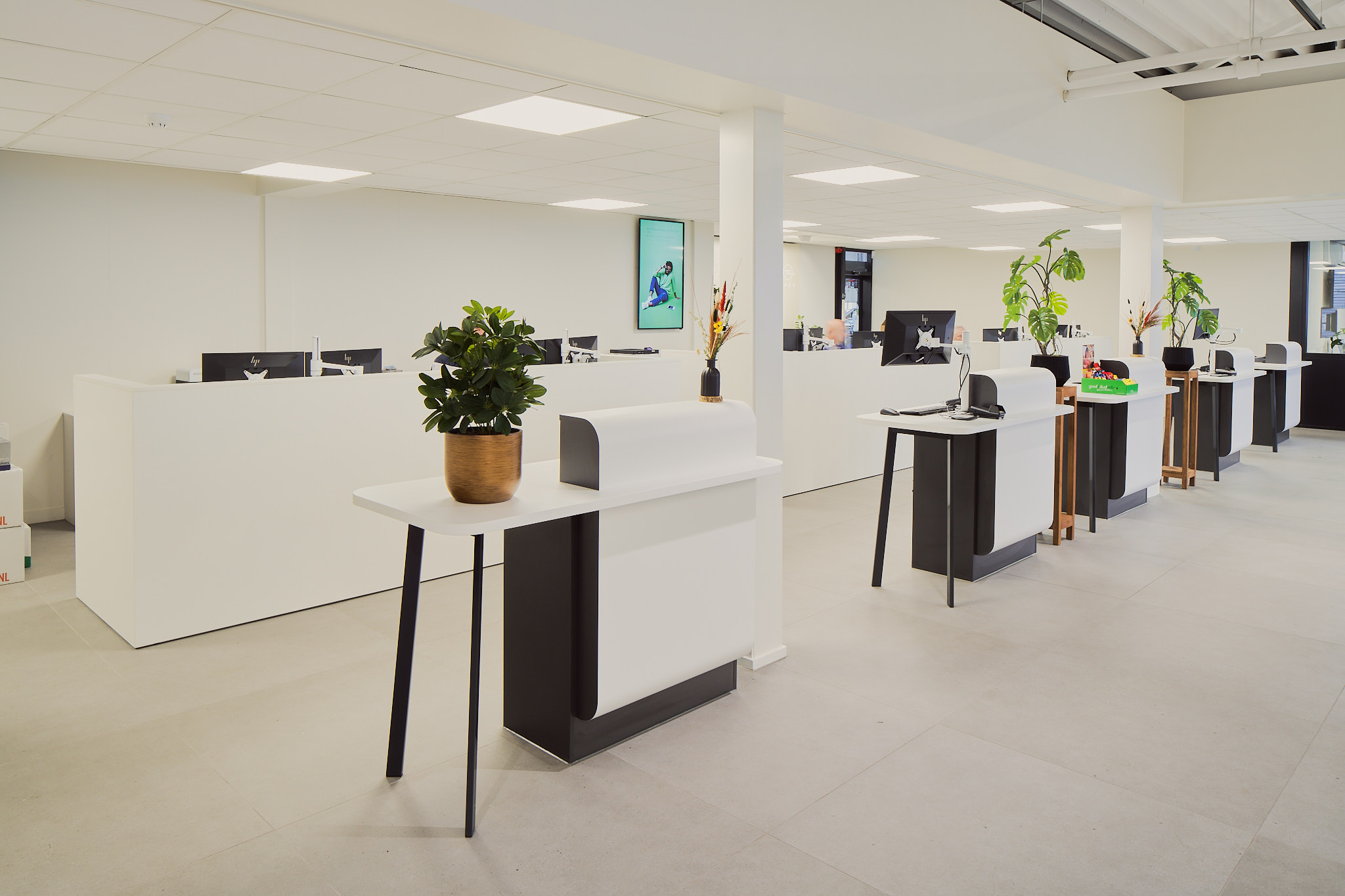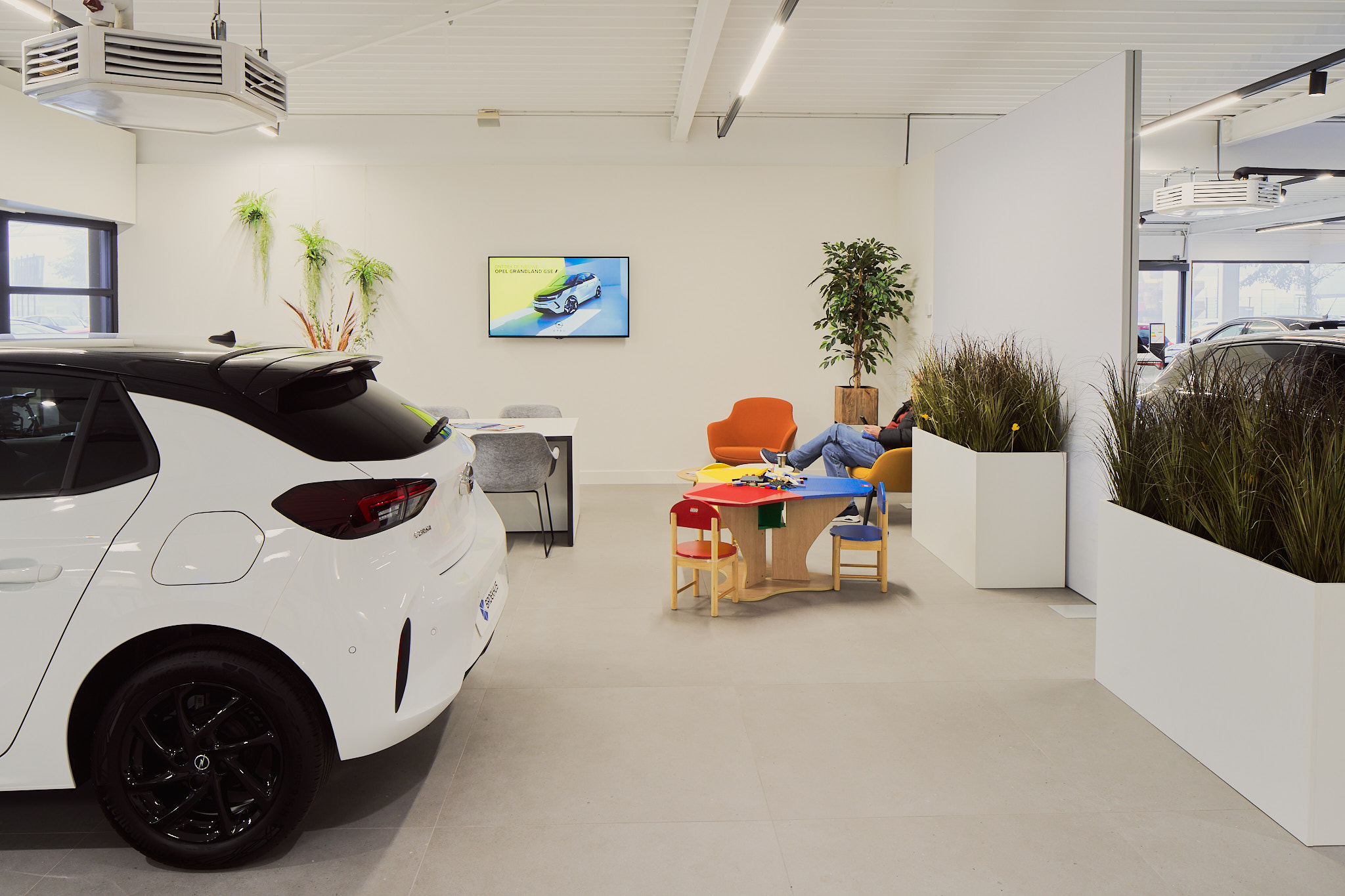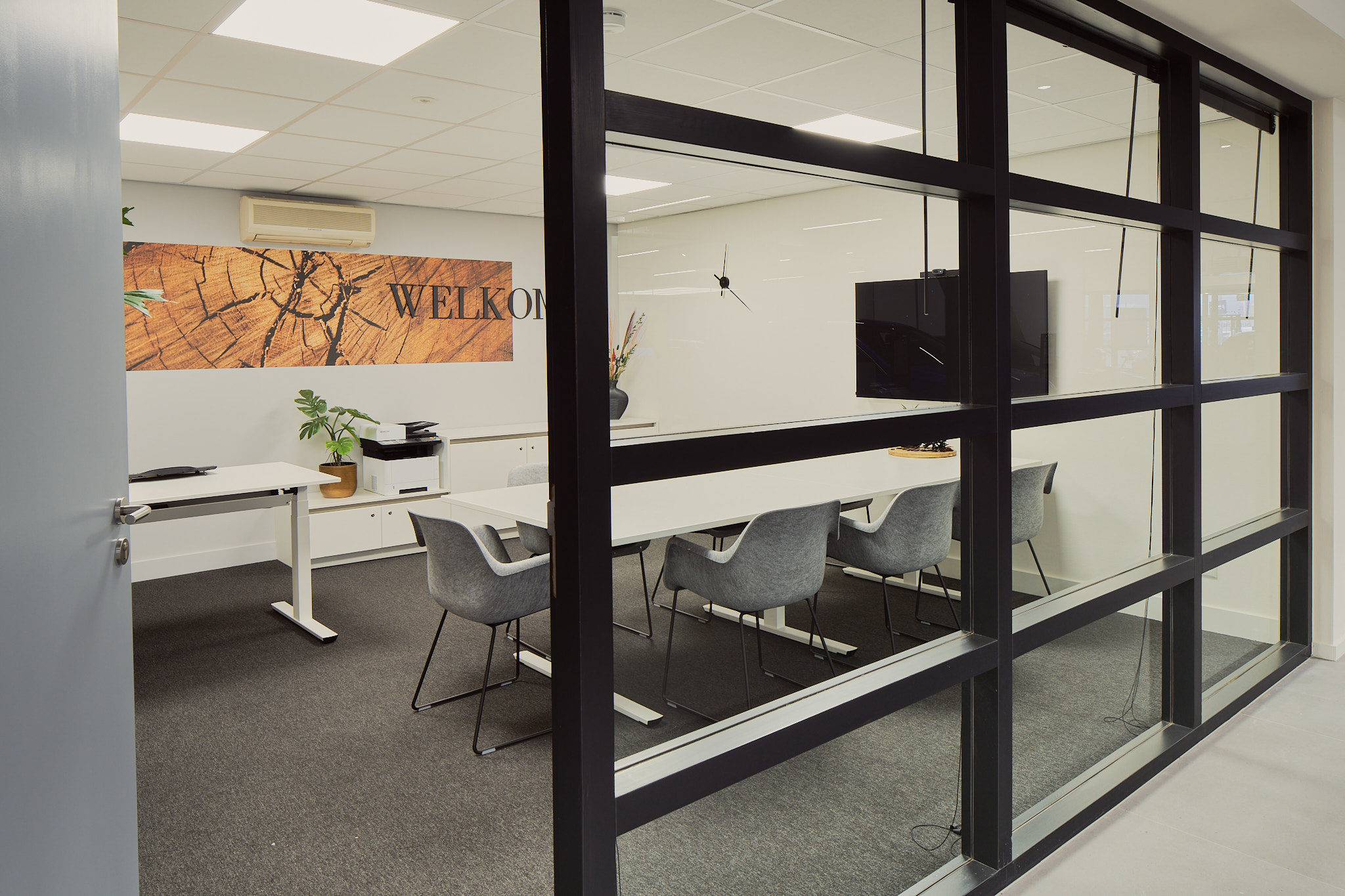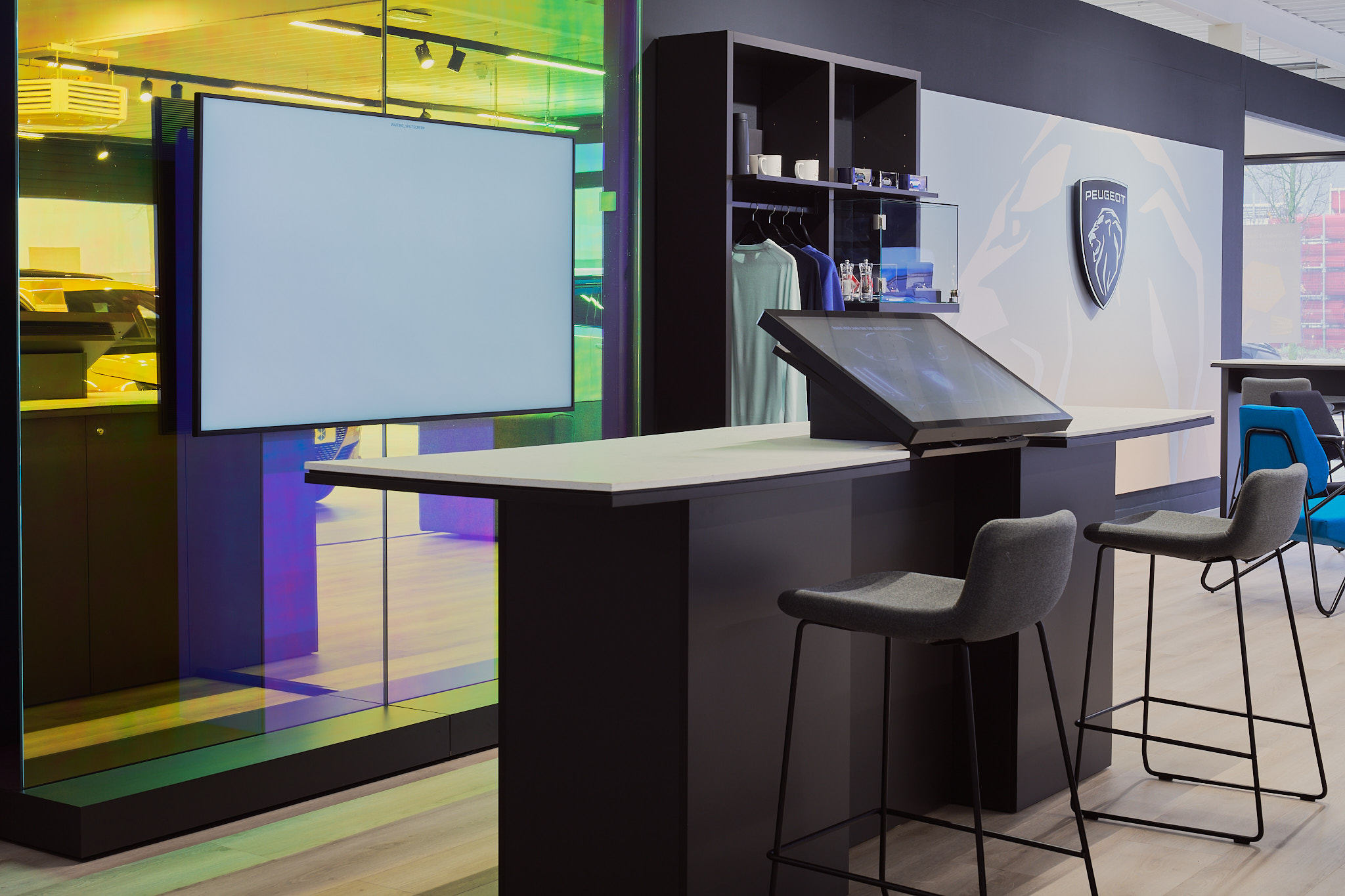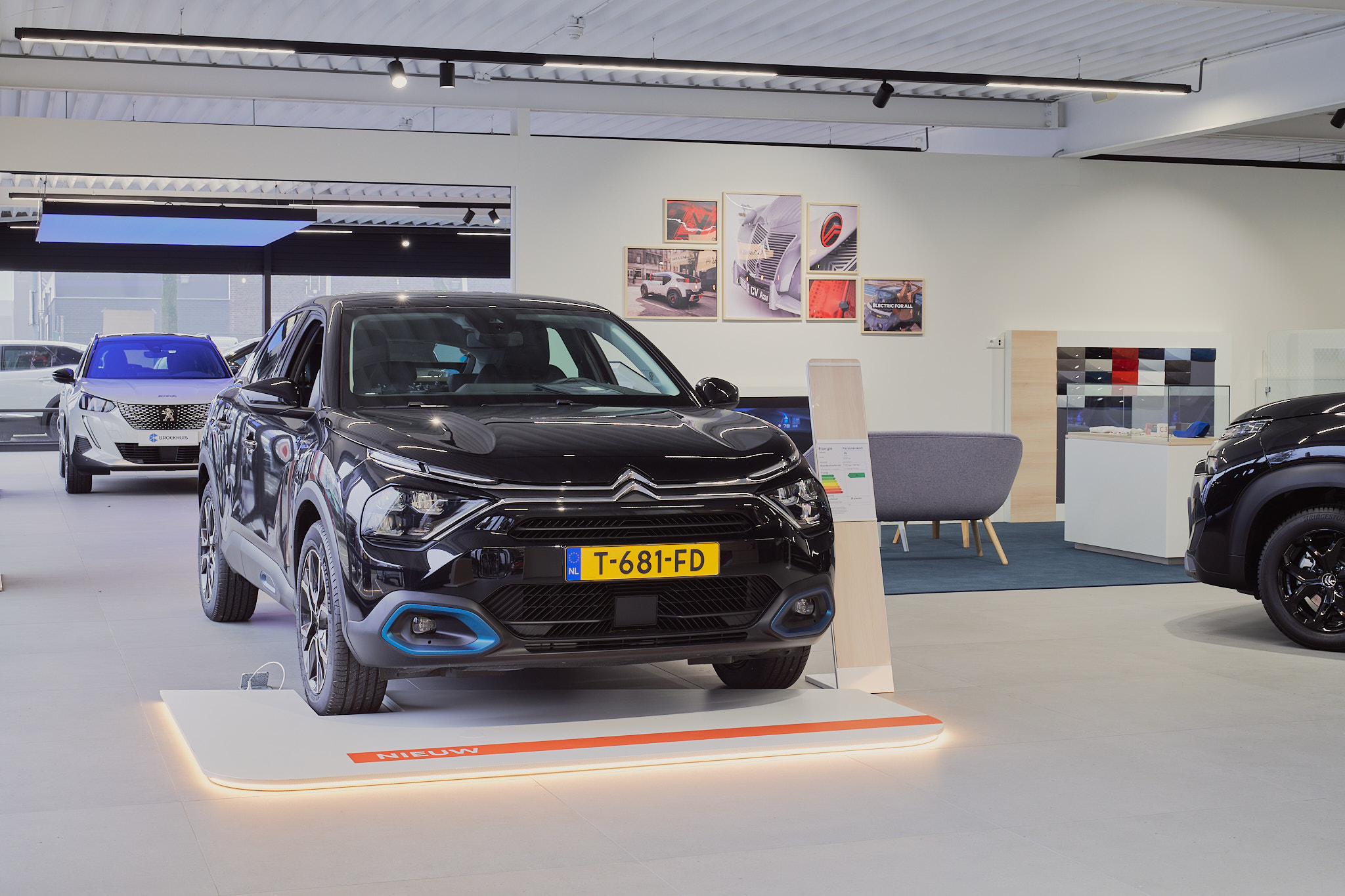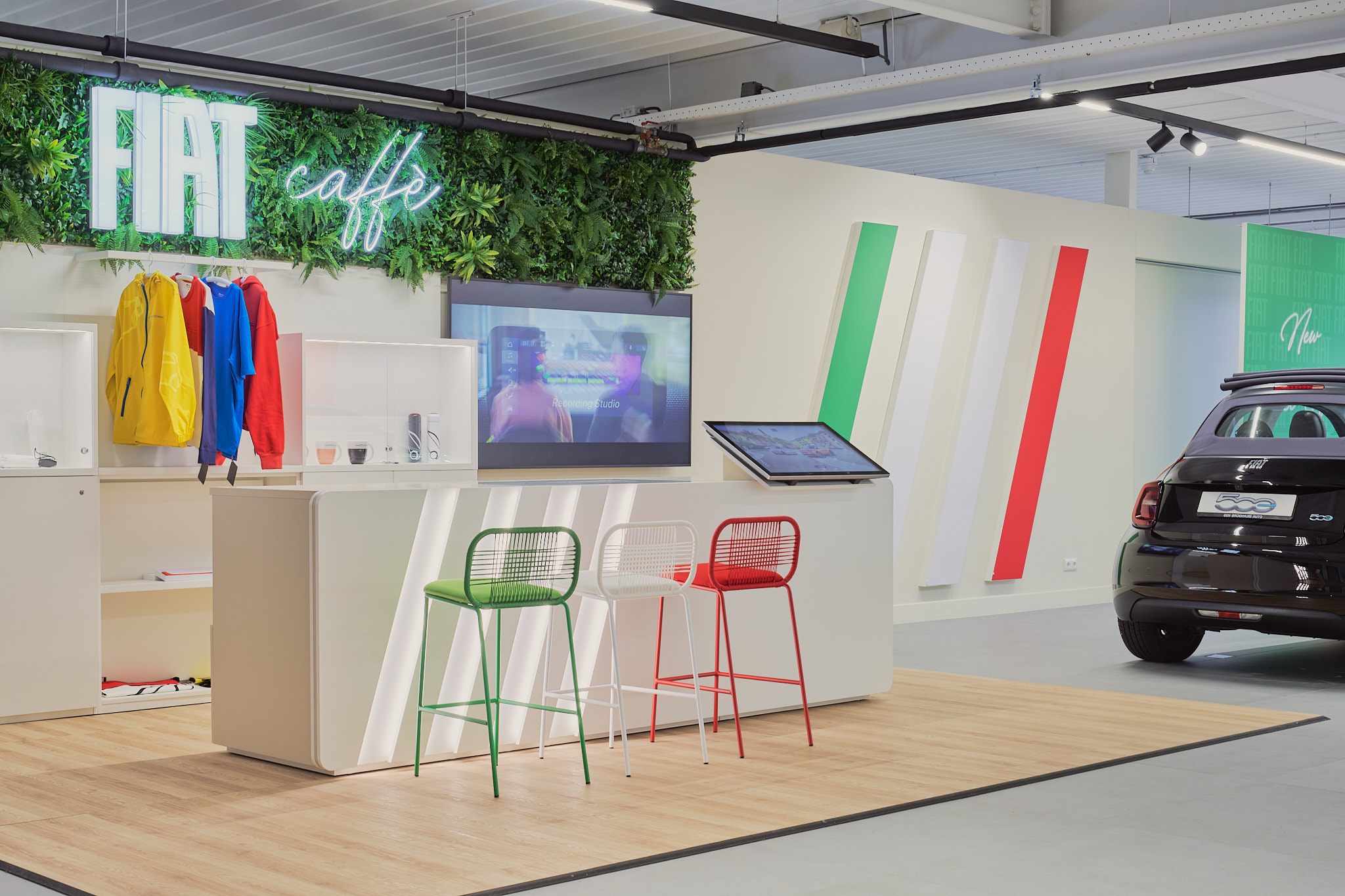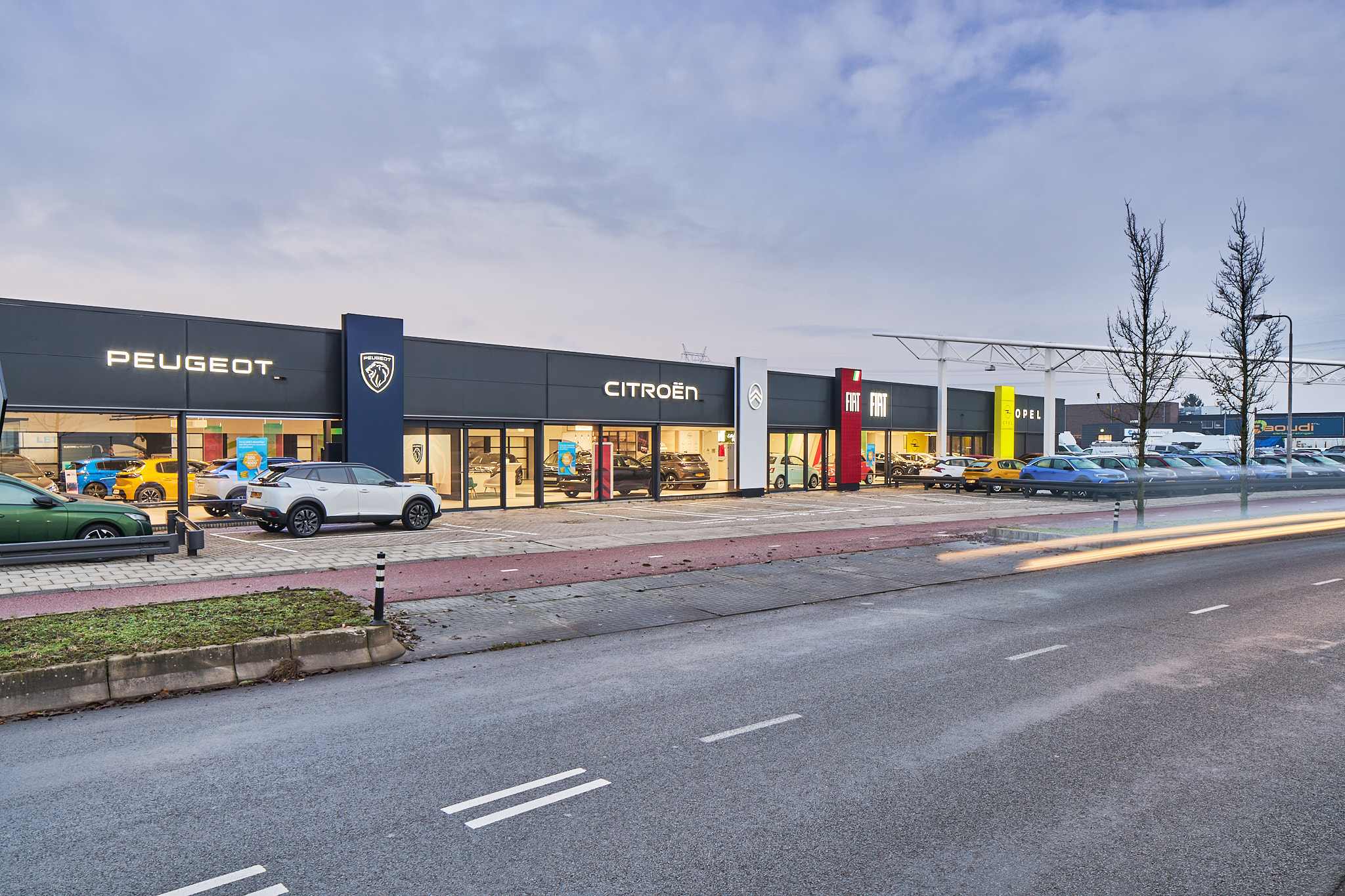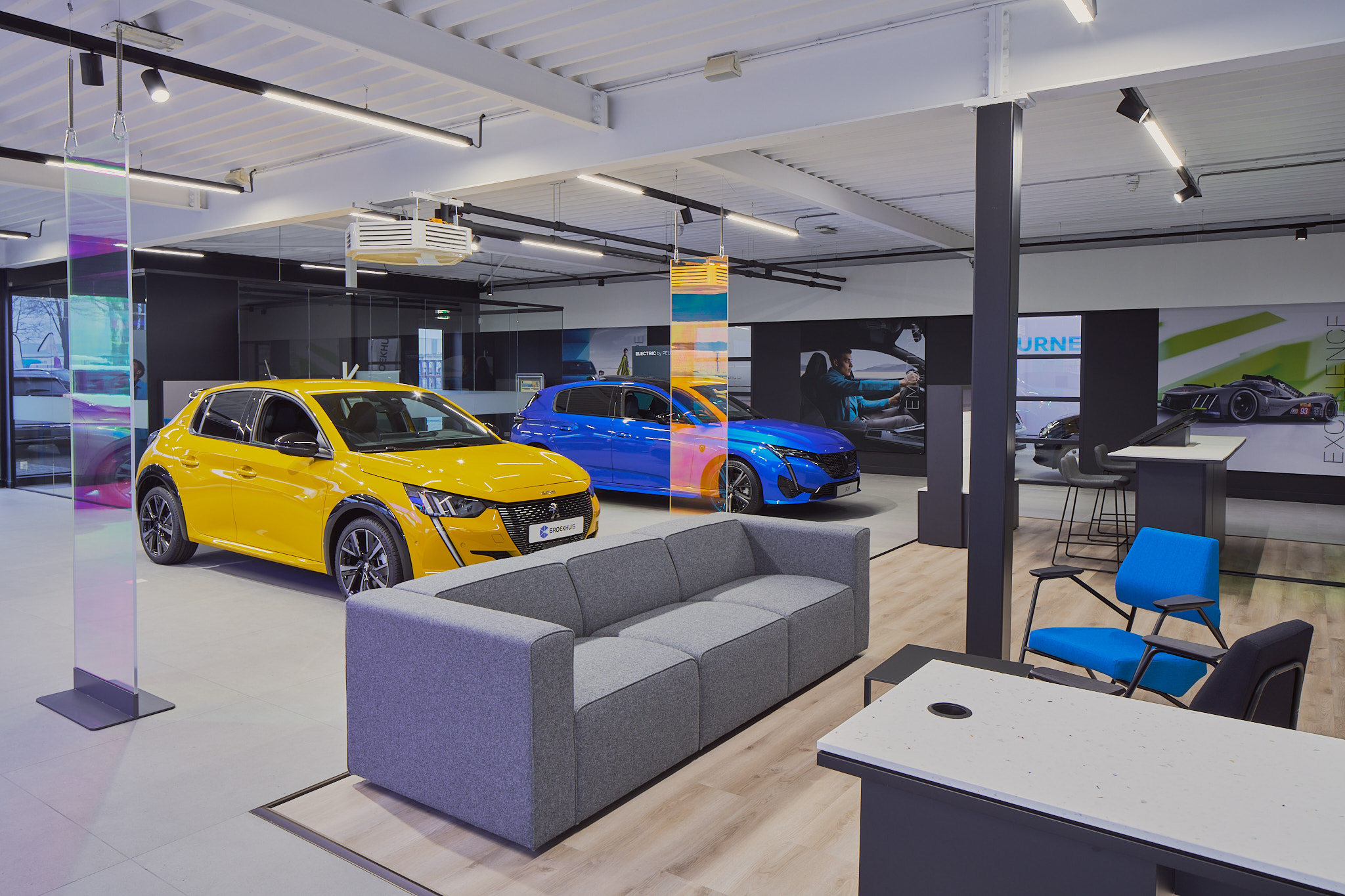Multi-brand strategy and its role in the reality of the automotive market
Stellantis is the parent of 14 well-known automotive brands and various car-sharing and leasing services. In 2022, the company announced plans to renew its European market presence with a multi-brand strategy. As a longstanding partner to the Stellantis subsidiary Opel, Vizona offered its services as an implementer. It is now realising brand concepts for Citroën, Peugeot, Opel, Jeep, Fiat and its affiliate brand Abarth. In this interview, Vizona CEO Matthias Hummel reports how this new approach was realised and the role it might play in shaping the automotive market, as well as in other sectors.

Can we start by revving up the engine? Please complete these four theses:
Buying a car should be …
MH a joyful experience.
One thing I always wanted to know is …
MH why we should not inject more emotion into showrooms.
Generation Z?
MH Is still looking for its own identity, if you ask me.
Hybrid uses for car showrooms …
MH could well succeed, depending on the location.
The idea of multi-brand houses …
Can we delve into the idea behind the Stellantis “multi-brand house”? Rather than offering one or more unconnected brands, many dealers will now sell a broader range of brands from one and the same group. What does that look like on location?
MH What really impressed me was how the message and DNA were first consistently specified for each individual brand. In Harderwijk, for example, we have one building, but four brands, four entrances, four presentations and four identities. Despite that, inside the building visitors can move freely from one brand to the next.
What impression do the brand presentations make on you? Does this approach bring more emotion to the showroom, not least for younger customers?
MH Absolutely. Fiat draws strongly on “dolce vita”. For Peugeot, we have a great deal of glass, an alternating colour concept and materials with a high recycling share. And Opel has received what is pretty much a total makeover. We will see how closely traditional Opel drivers also identify with this new image of youth and coolness.
Dealers will have fewer cars on location for each brand. How will they make up for that?
MH The sales process will be supported to an ever-greater extent by electronic tools, such as large screens, vehicle configurators and virtual solutions, but also by traditional hand samples for varnishes and materials.
What strengths do you see in this approach?
MH Quality will rise across all points of sale, while individual brands will have a stronger presence. That can only be initiated by the parent brand, rather than by individual dealers for which sub-brands are often in competition with each other. Particularly in the premium segment, the multi-brand approach enables new models for which there were previously very few dealers to be presented alongside other brands in the existing dealerships.
What lessons might other retailers and sectors learn from this example?
MH The concepts unerringly reflect the image of the respective brand. The neutrality, or even coolness, you often encounter in car showrooms is gone. That is new for the automotive sector and surely a good approach for a multi-brand strategy. I am convinced that large fashion brands could also learn from this.
Not think they can target everyone, but rather sharpen their profiles. A clear brand message might not appeal to everyone, but you gain a valuable target group that feels specifically addressed. Hugo Boss is a good example here. What made them so successful in recent years? They focused their individual lines, from Hugo Orange to Hugo Blue, more clearly again and aimed these at different target groups. We can see a similar strategy at Volkswagen when it comes to its new CUPRA brand.
Does the multi-brand approach also offer advantages from a shopfitting perspective?
MH Definitely. The implementation process is far leaner and less expensive. We can deliver and assemble all the brands in one go and need not be on site for each individual redesign.
What was your experience of the project as its implementer? After all, the tender already involved nine brand concepts, rather than just one.
MH The selection process was very tough, and very few providers made it through. For the pitch, we made samples for all nine brands and offered solutions for all regions. In the prototyping stage, when the brands had already been allocated to three implementers, we had six weeks to build six concepts. That alone is no small achievement.
You had to cooperate with so many brands at the same time. Did that not make the job more difficult?
MH It was remarkable to me that one central customer team on parent level had developed these very different brands and then accompanied us through the implementation stage. I cannot think of anyone else who has done that in the automotive sector to date. That meant our communications were highly focused. Six months later, we had developed the stores together. We too were impressed that this was possible and by how well this structure worked.
How do you distinguish yourselves from other shopfitters?
MH Speed is certainly decisive. We are very quick when it comes to compiling teams and taking decisions. Our coordination is seamless, as we do all the advance work, such as project management, development and design, on an in-house basis.
